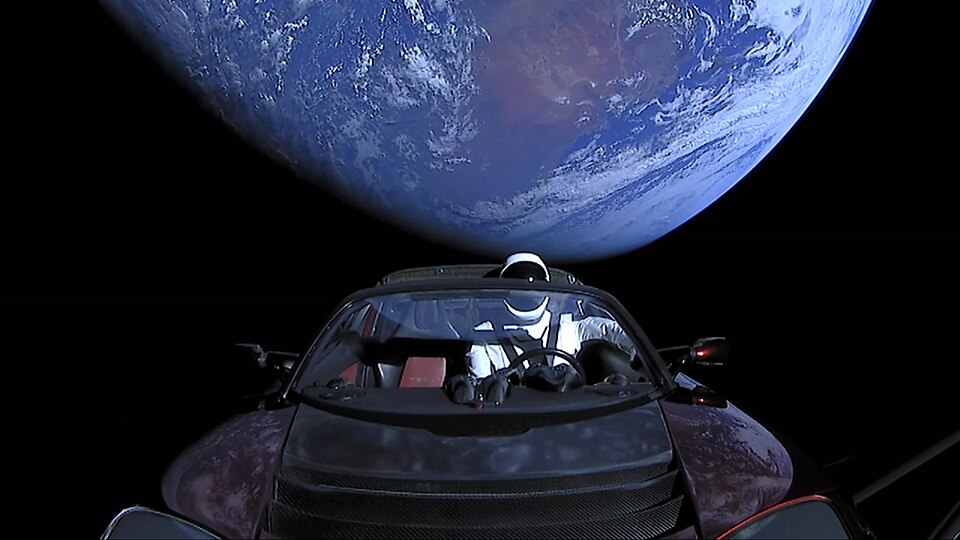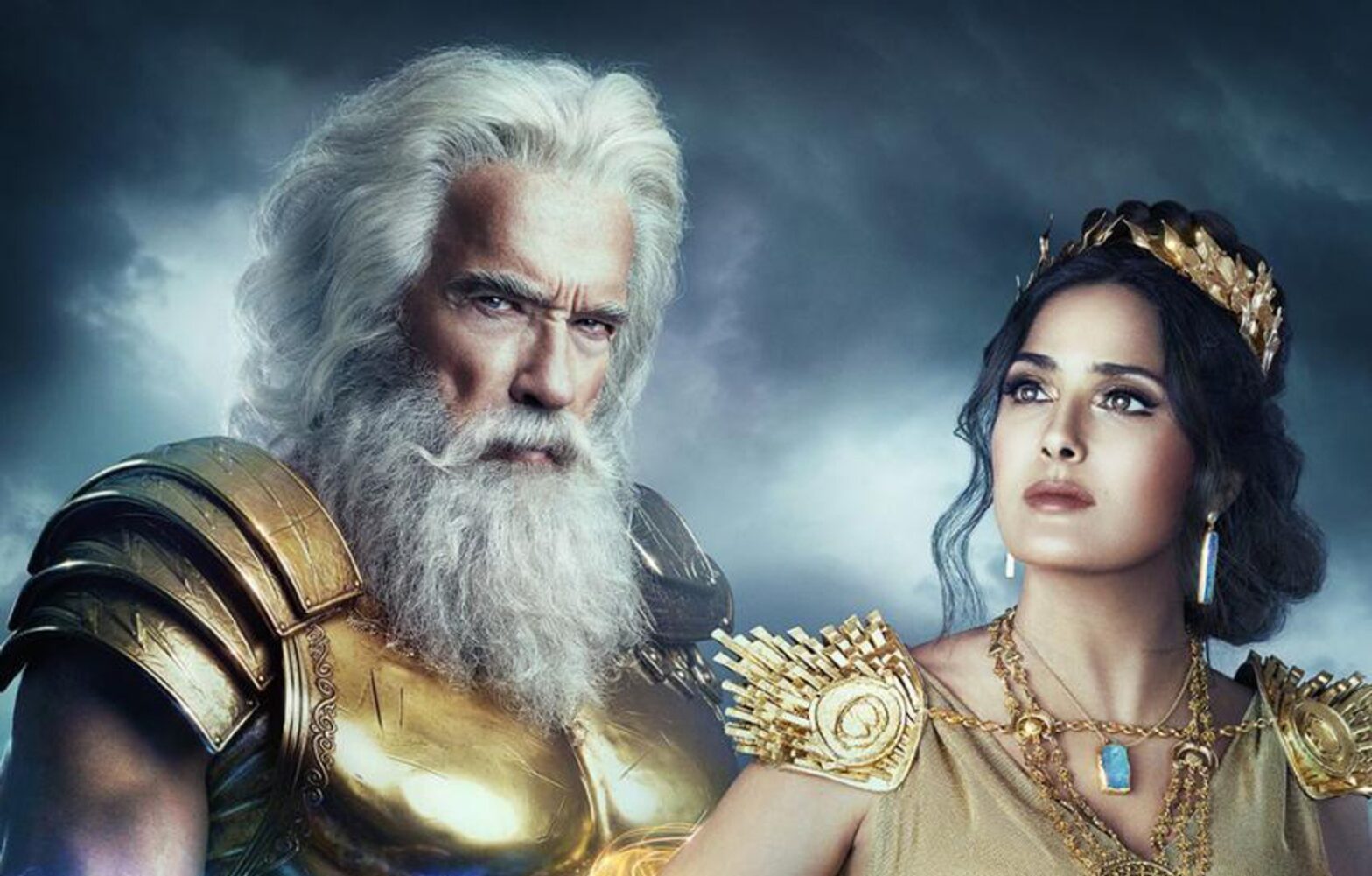This applies to three automotive giants – BMW, Mercedes-Benz, and Tesla. These brands not only represent different approaches to design, technology, and values, but also differ in their marketing strategies. However, they do not have it easy, as in addition to intense competition, they face a wide range of challenges – from the climate crisis and pressure for sustainability, to rapid technological development and changing consumer behaviour. In this context, advertising plays a key role.
Car rental advertising battle
In 1962, Avis, a car rental company, was trying to catch up with Hertz, the market leader at the time. DDB, the agency Avis had hired, decided to take advantage of the brand’s current market position and came up with the slogan “When you’re only No. 2, you try harder. Or else.” It was followed by “Avis can’t afford half-empty gas tanks”, “Avis can’t afford to make you wait”, and “Avis can’t afford not to be nice”. At a time when most advertisers were basically just boasting in their ads, this approach was revolutionary and led to the desired differentiation. It worked perfectly. Within a single year, Avis went from operating in the red to turning a profit, and Hertz — which had carelessly ignored Avis’s campaigns up to that point — lost 20% of its market share. There was no choice but to go on the offensive. And so Hertz responded with the slogan “We’re No. 1. Now we’re going to tell you why.” It was soon followed by another slogan “No. 2 says he tries harder. Than who?” The move, although significantly delayed, paid off, and they managed to stop the decline in their market share.
Marketing strategies are evolving
Since then, advertising strategies in the automotive industry have evolved significantly — from print ads and traditional TV spots to digital and social media. Brands like BMW and Mercedes-Benz, with histories spanning over a century, often aim to differentiate their image through luxury, tradition, and innovation. Tesla, on the other hand, as a relative newcomer, builds its identity on technological pioneering, environmental consciousness, and the strong personal brand of Elon Musk. Playful jabs, direct comparison campaigns, and viral videos have become common tools in these “advertising battles”. Let’s take a closer look at each brand and their marketing strategies.
Tesla ignored advertising for a long time
Tesla, Inc. was founded in 2003 by engineers Martin Eberhard and Marc Tarpenning. The company was named after the famous electrical engineer and physicist Nikola Tesla. In February 2004, Elon Musk became a key figure in the company by investing $6.5 million, making him the largest shareholder and chairman of the board. He became the soul of the brand and the main storyteller behind it. He became well-known for his negative stance on advertising. In 2019, he even wrote on his Twitter profile, “I hate advertising.”
At a time when brands like Mercedes-Benz and BMW were competing with lavish TV ads and flashy billboards, Tesla remained silent. It didn’t invest a single cent in advertising, instead betting on technology, boldness, and visionary thinking. And, of course, on the personal brand of Elon Musk, whose tweets had more reach than prime-time ads. Elon Musk drew media attention with his statements, technological visions, and unconventional actions.
One of the biggest advertising buzz moments was the launch of the Tesla Roadster into space. The car, which is still drifting somewhere in the heavens, was carried into orbit in 2018 by the Falcon Heavy rocket. The stunt brought the brand massive global attention.
 Source: SpaceX, CC0, via Wikimedia Commons
Source: SpaceX, CC0, via Wikimedia CommonsTesla also managed to capture attention through unconventional marketing moves. For example, it launched a referral programme that rewarded customers for bringing in new buyers. In 2017, Elon Musk responded to a suggestion from a ten-year-old girl and announced a contest for the best amateur commercials, encouraging community engagement while also gaining high-quality content without having to spend a lot of money on production.
It wasn’t until 2023 that Musk announced Tesla would begin experimenting with paid advertising — for the first time in the company’s history. This shift came at a time when Tesla was facing increasing competition in the market and needed to reach a broader range of customers. For example, a promotional video on Facebook, Instagram, and Musk’s own platform X advertised the Tesla Model Y as the “#1 most American-made car.”
Tesla ads also started appearing on YouTube. They featured messages focused on family, with images of children in the back seats and mentions of the Model Y’s five-star safety rating.
“They're trying to change the paradigm of Tesla being this cool sports car to a more family-friendly car,” said Stasia Fulginiti, associate director for paid search and YouTube at digital-ad agency Rain the Growth Agency.
Video: Tesla – Fun Features
Today, Tesla spends huge amounts on advertising. This is related to the declining demand for electric vehicles and likely also to the recent negative perception of Elon Musk. “Slowing growth in consumer demand for electric vehicles, along with increased competition among EV-makers, has drawn Tesla into advertising,” said Craig Irwin, managing director and senior analyst at investment firm Roth MKM. “They’re a very special car company, but they’re a car company. They need to advertise to maximise their visibility and go for every incremental sale they can garner,” Irwin said. He’s probably right. If Tesla wants to secure another wave of growth and withstand the fierce competition—mainly from the Chinese brand BYD—it needs to reach customers on a large scale. And how else, if not through advertising?
BMW prides itself on speed and the driving experience
BMW, officially known as Bayerische Motoren Werke AG, was founded on 7 March 1916 in Munich, Germany. Originally, it focused on producing aircraft engines, which brought it success during World War I. Today, it ranks among the top sellers of luxury vehicles. According to statista.com, it sold 2.2 million cars in 2024.
The BMW brand was a true pioneer in innovative marketing strategies. In 2001, it launched a series of short films called “The Hire”, which attracted significant attention. These films showcased various BMW models in action scenes and were directed by renowned directors. In 2003, the Bavarian automaker even won the newly created Titanium Lion award at the Cannes Lions festival for these films.
Video: BMW – a series of short films The Hire
BMW’s advertising strategy has evolved over the years, but has always emphasised performance, luxury, and the joy of driving. The slogan “Freude am Fahren” (Joy of Driving) was first used in 1965 and became the official motto of the brand.
The brand also successfully harnesses the power of television advertising. In general, its advertisements highlight speed, dynamism, and the excitement of driving. Typical examples include the BMW M5 Rocket ad, which compares BMW to a rocket launch, and the BMW M5 Bullet, which evokes the image of a projectile.
Its creative advertising campaigns sometimes also use elements of reactive marketing. This happened, for example, in 2016 when BMW’s Wait or Drive campaign took a jab at the competition, specifically Tesla, by highlighting the availability of its cars compared to competitors’ waiting times. The campaign aimed to emphasise BMW’s ability to immediately meet demand for electric vehicles. In 2018, BMW picked on Mercedes in South Africa, and in the same year entertained consumers with a billboard war against Audi.
In 2022, the brand released a successful ad during the Super Bowl. In the spot titled “Zeus and Hera”, Arnold Schwarzenegger and Salma Hayek portrayed the Greek gods Zeus and Hera, who decide to retire on Earth. The ad was highly praised for its humorous approach and star-studded cast. However, some critics felt it was too extravagant for promoting a car.
Video: BMW – Zeus and Hera Retire
Mercedes Benz emphasises tradition and safety
The origins of Mercedes-Benz are linked to two significant inventors: Karl Benz and Gottlieb Daimler. In 1886, Karl Benz created the first automobile powered by an internal combustion engine, known as the Benz Patent-Motorwagen. Around the same time, Gottlieb Daimler and Wilhelm Maybach developed their own engine and vehicle. In 1926, their companies—Benz & Cie. and Daimler-Motoren-Gesellschaft (DMG)—merged, creating the Mercedes-Benz brand. The brand traditionally emphasises values such as luxury, quality, and innovation in its media activities. The slogan “Das Beste oder nichts,” which can be translated as “The Best or Nothing”, reflects the brand’s commitment in this area.
Besides its products and advertising, Mercedes-Benz extends this image of luxury to every customer touchpoint. Sales salons and showrooms are designed to provide customers with a first-class experience — from the layout and decor to the level of customer service. This comprehensive approach ensures consistent reinforcement of the brand’s image of luxury and quality.
In recent years, the strategy has also shifted towards sustainability and electromobility, as demonstrated by a 2021 campaign focused on the company’s environmental goals.
Every now and then, the brand allows itself a touch of apparent provocation. For example, when Mercedes did a promo on Ferrari’s home turf. In the spot, the AMG GT R drives through the Italian town of Maranello, known as the headquarters of rival automaker Ferrari. This move was seen by some as a provocative gesture toward Ferrari, while others interpreted it as a sign of respect. The commercial sparked mixed reactions within the automotive community. But of course, it generated a lot of talk—and that’s always a good thing.
Video: Mercedes Benz – Maranello
Mercedes’s controversial campaigns definitely include the “Soul” ad for the CLA model, which stood out during the 2013 Super Bowl. In the ad, actor Willem Dafoe played the devil offering a young man a deal in exchange for a luxurious life with a CLA car. Some viewers found this theme controversial due to religious reasons and the depiction of a moral dilemma.
Video: Mercedes Benz CLA – Super Bowl 2013
The “I’m Sorry” campaign from 2010 also caused a stir. In this spot, released on YouTube by Mercedes-Benz Portugal, several dramatic scenes of traffic accidents are shown, with drivers apologising. The goal of the ad was simply to emphasise road safety. However, it sparked a significant debate about the emotional impact such images have on viewers.
Other Mercedes campaigns received largely positive feedback. For example, the “Bertha Benz” ad from 2019 earned several awards at the Cannes Lions festival. It tells the story of Karl Benz’s wife, who undertook the first long-distance car journey in 1888, helping to establish the automobile as a practical means of transportation. This spot was praised for its cinematic production and inspiring storytelling.
Video: Bertha Benz: The First Driver
A typical campaign focused on the brand’s values was the TV ad “The Journey” (2013), which tells the story of a boy who runs away from home to take a ride in a Mercedes-Benz police car. The spot, highlighting the safety and reliability of the brand’s vehicles, received very positive feedback thanks to its emotional story.
Video: Mercedes Benz – The Journey
It is therefore clear that the Mercedes-Benz brand is truly creative and knows how to utilise various elements. In its marketing campaigns, it effectively combines creativity, humour, and technical innovations, which contributes to the positive perception of the brand and its global success.
Different strategies leading to success
In today’s highly competitive world, automotive giants like BMW, Mercedes-Benz, and Tesla fight for every customer. Each brand has its own philosophy. While BMW bets on joy and the driving experience, Mercedes focuses on tradition and dignity, and Tesla relies on technological revolution and the courage to change the world. This “war” is no longer just about engine performance. The key weapon is the courage to differentiate and creativity. Brands come up with beautiful shots, offer emotional stories, tease the competition, and occasionally resort to a bit of provocation. It’s a battle for a place in the sun that never ends. And so, in the future, we can surely expect interesting campaigns that will push the boundaries even further.

